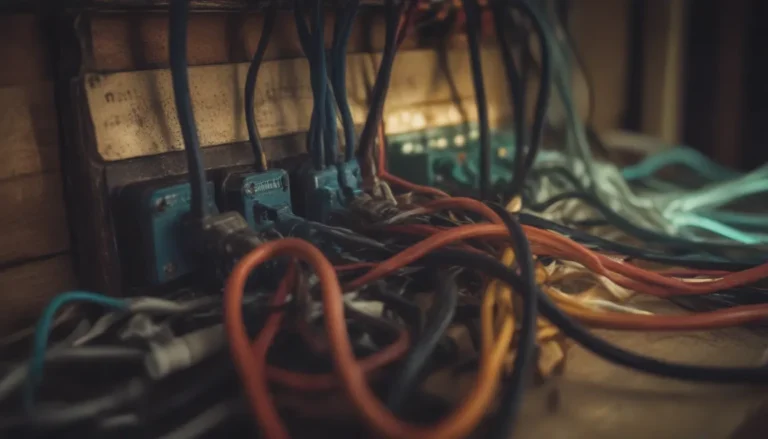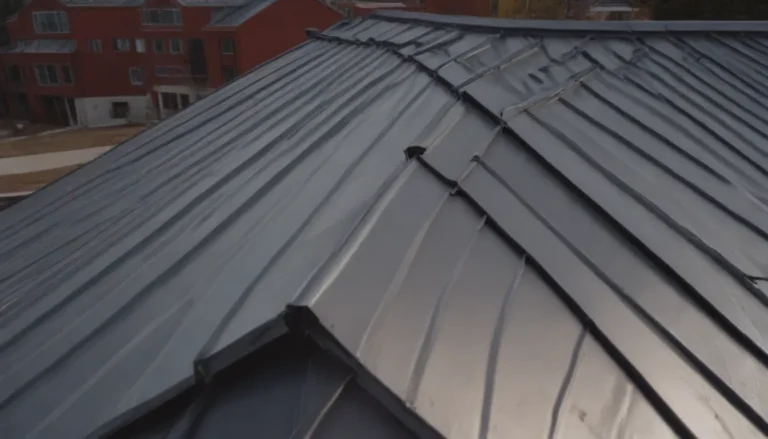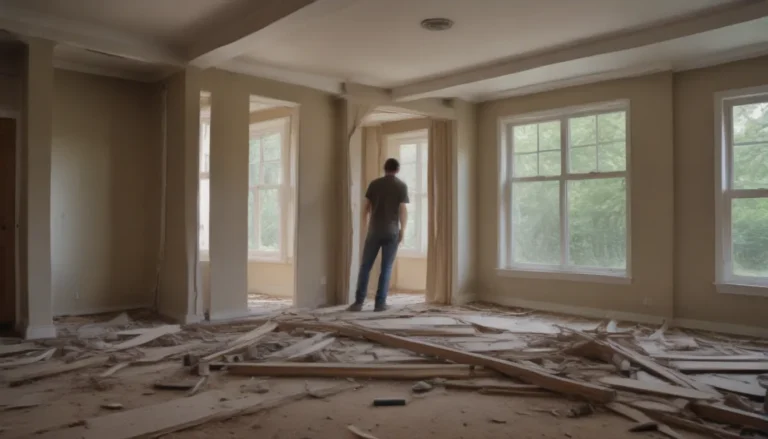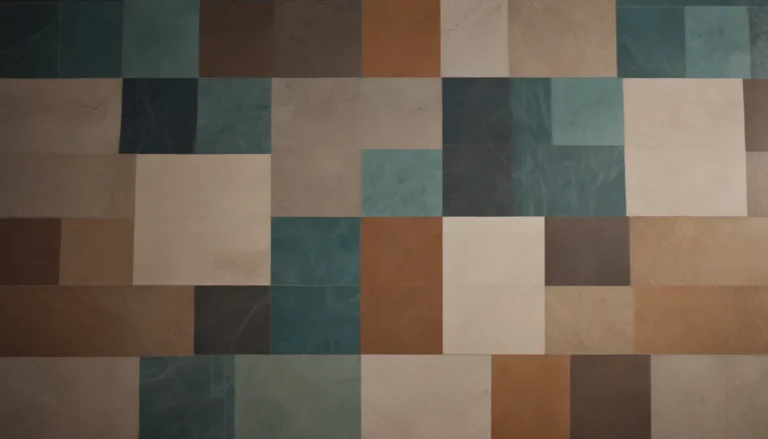Understanding Leach Lines: A Comprehensive Guide to Replacement and Maintenance

If you own a home with a septic system, then you may be familiar with leach lines, also known as a leach field. These vital components are key to the functionality of your onsite wastewater system, ensuring that your household waste is properly treated and disposed of in the soil. In this article, we will delve into the world of leach lines, exploring how they work, signs of failure, and when it’s time to replace them.
The Basics of a Septic System
Before we dive into leach lines, it’s essential to understand how a septic system operates. Septic systems, often referred to as onsite wastewater management systems, are responsible for treating the liquid waste or sewage from your home and making it safe for disposal. This process relies on the millions of bacteria present in the system, which break down waste and pathogens to ensure proper treatment of the effluent.
Tip: Maintaining a healthy balance of bacteria in your septic system is crucial for its functionality. Avoid using excessive amounts of harsh chemicals that can harm the bacterial balance.
What are Leach Lines?
Leach lines, also known as leach fields, leach beds, filter beds, or percolation beds, serve as the final stage in the wastewater treatment process within a septic system. Once the effluent leaves the septic tank, it flows into the leach lines where it is dispersed into the soil. This dispersal process allows the effluent to percolate through gravel and sand before being absorbed into the ground.
Signs of Failing or Failed Leach Lines
Identifying issues with your leach lines early on can help prevent system failure and costly replacements. Look out for the following signs that may indicate a problem with your leach lines:
- Foul odors in the yard
- Sewage backing up into the house
- Standing water or soggy soil around the leach field
- Slow drains or gurgling noises in the plumbing system
If you notice any of these signs, it’s essential to address the issue promptly to prevent further damage to your septic system.
Why Leach Lines Fail
Leach lines can fail for various reasons, ranging from improper maintenance to natural wear and tear. Some common causes of leach line failure include:
- Build-up of solid waste in the pipes
- Pipe collapse or damage
- Accumulation of sludge in the leach field
- Natural lifespan of the leach lines being reached
Understanding the potential causes of failure can help you take proactive steps to prevent issues with your leach lines.
Lifespan of Leach Lines
On average, leach lines have a lifespan of 15 to 25 years, with well-maintained systems possibly lasting up to 50 years. Over time, microscopic debris and sludge can accumulate in the leach field, impeding the flow of effluent and reducing the system’s overall efficiency. Regular maintenance and inspections can help extend the lifespan of your leach lines.
How to Replace Leach Lines
When it comes time to replace your leach lines, it’s crucial to enlist the help of a professional septic system contractor. Replacing leach lines requires specialized knowledge and equipment to ensure the new system functions properly and complies with local regulations.
Leach Line Safety Considerations
Proper maintenance and management of leach lines are essential for the safety of your septic system and the environment. Flooded leach lines can lead to groundwater and surface water contamination, as well as the production of greenhouse gases such as methane. By ensuring that your leach lines are well-maintained, you can minimize the risks associated with septic system malfunctions.
In conclusion, understanding the importance of leach lines in your septic system is key to preserving its functionality and longevity. By staying proactive in monitoring your leach lines for signs of failure and addressing issues promptly, you can avoid costly repairs and ensure the continued proper operation of your septic system. Remember, when it comes to maintaining your septic system, prevention is always better than cure.





